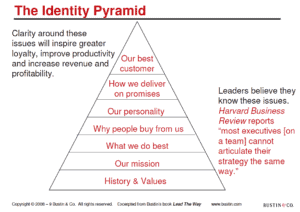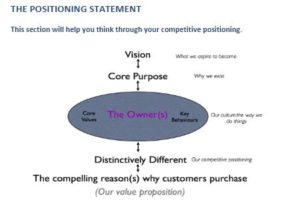Small and medium-sized enterprises (SMEs) operate in a competitive ever-changing market where maintaining a healthy cash flow is both a priority and a challenge. As most SMEs are constantly expanding their business, cash flow management is a constant challenge to the long-term success of their business.
However, with the right strategies, businesses can significantly enhance their cash flow management, ensuring stability and paving the way for smooth funding of their future growth. This blog explores practical advice on optimizing inventory, improving payment terms, and leveraging technology to bolster cash flow.
Optimising Inventory for Better Cash Flow
Inventory management plays a crucial role in cash flow optimization. Excess inventory ties up capital that could otherwise be used for growth initiatives, while too little inventory can lead to lost sales and unhappy customers. Here are innovative strategies to optimise inventory:
- Just-in-Time (JIT) Inventory: If possible, adopt the JIT approach to reduce inventory costs by receiving goods only as they are needed in the production process, thus minimising inventory levels. Drop shipping: Consider drop shipping for certain products to eliminate the need to keep them in stock, as the supplier directly ships orders to customers.
- Inventory Analysis: Optimise your inventory to prioritise items that are high volume, high-margin items for better cash flow and higher profitability. Ensure seasonal inventory items are carefully ordered and sold before the end of their season. This will minimise inventory holding costs and while ensuring you have the inventory your customers require.
Enhancing Payment Terms with Customers and Suppliers
Negotiating favourable payment terms with both customers and suppliers can significantly impact your cash flow. Here’s how:
- Faster Customer Payments: Encourage quicker payments by setting up automated payment reminders, or using digital payment solutions that simplify the process for customers. Ensure a dedicated staff member is responsible for managing Customer Payments and follow up. Having consistent clear communication with Customers will minimise disputes and reduce delays in receiving payments.
- Extended Supplier Terms: Negotiate longer payment terms with suppliers to keep cash in your business longer. This might include 30 or 60 day terms, giving you more time to sell inventory and collect receivables before payment is due.
- Electronic Invoices and Payments: Transition to electronic invoicing and payment systems to reduce the time between billing and payment collection, speeding up cash inflows.
Leveraging Technology for Enhanced Cash Flow Management
Technology offers powerful tools for improving cash flow management, providing real-time insights and automating financial processes:
- Cloud-Based Accounting Software: Implement cloud-based accounting solutions that offer up-to-date financial information, helping you make informed decisions quickly.
- Automated Receivables and Payables: Use software that automates invoicing and bill payments, ensuring you manage receivables and payables efficiently, improving cash flow predictability.
- Cash Flow Forecasting Tools: Utilise cash flow forecasting tools that integrate with your accounting software to predict future cash flow based on historical data and current trends.
Additional Strategies for Cash Flow Enhancement
- Lease, Don’t Buy: Leasing equipment rather than purchasing it can free up cash for other uses, though it’s important to weigh the long-term cost implications.
- Re-evaluate Operating Expenses: Regularly review and cut unnecessary operating expenses. Even small reductions can free up significant cash over time.
- Increase Sales with Marketing: Invest in targeted marketing efforts to increase sales volume, focusing on high-margin products or services that contribute positively to cash flow.
Conclusion
Improving cash flow management is an ongoing process that requires attention to detail, strategic planning, and a willingness to adapt to new methods. By optimizing inventory management, enhancing payment terms, and leveraging technology, SMEs can create a robust framework for managing cash flow effectively. Implementing these strategies can not only stabilise cash flow but also fund your businesses ongoing growth and ensuring success in the competitive business environment.
Planning, forecasting and optimising cash flow is the lifeline of any thriving business. At The CFO Centre, our strategies and seasoned CFOs help SMEs improve their cash flow management, ensuring a healthier, more sustainable financial future. Whether it’s preparing a multi-year 3-way forecast (Cash Flow, Income Statement and Balance Sheet) for your Bank, refining payment terms, inventory management, or leveraging technology, we’re ready to assist. Connect with us to explore how our tailored cash flow solutions can benefit your business.










